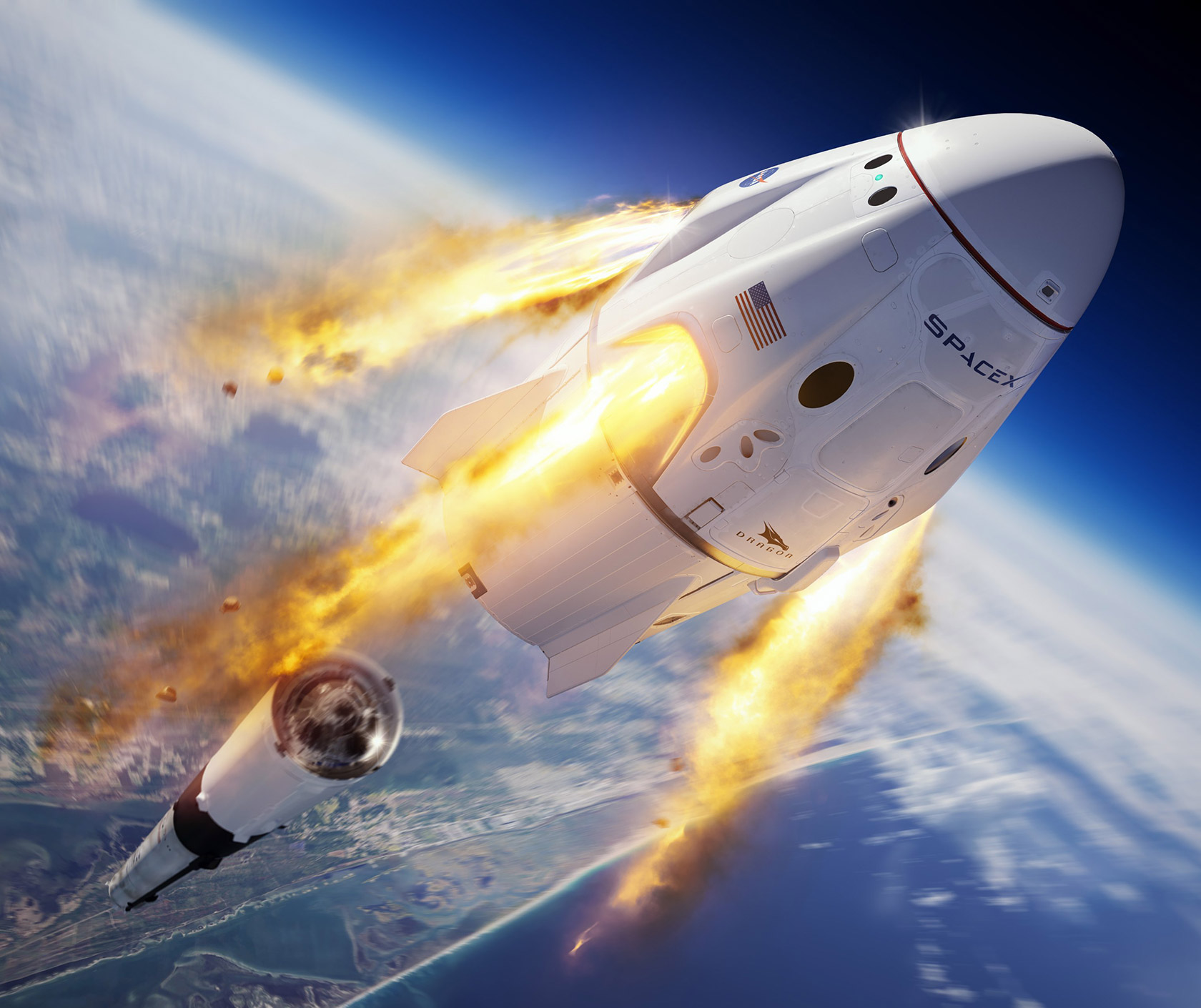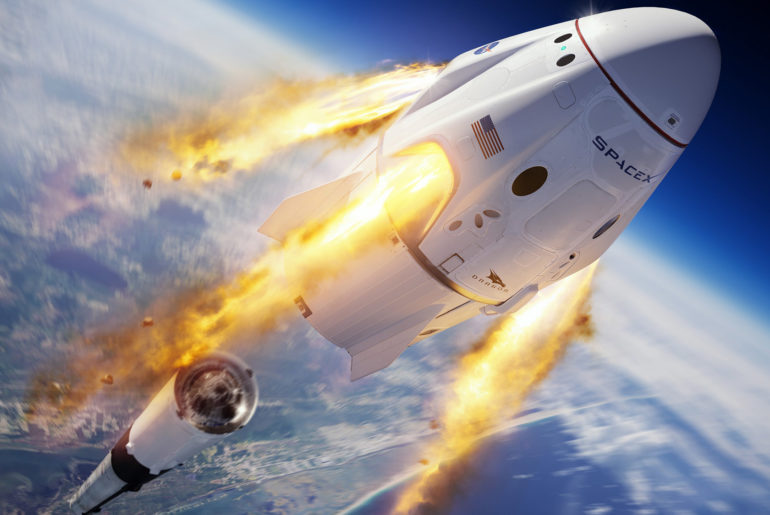
SpaceX and NASA originally planned the launch of a Falcon 9 rocket Saturday morning on a short, but necessary, flight to prove the company’s Crew Dragon astronaut ferry ship can quickly propel a crew to safety in the event of a catastrophic booster failure. Unfortunately, the Falcon 9 rocket, featuring a thrice-flown first stage and a fueled but engine-less second stage, is expected to be destroyed during the event, which has been delayed to Sunday morning due to poor weather.
The in-flight abort test (IFAT) is the final milestone before SpaceX launches two veteran NASA astronauts, Doug Hurley and Bob Behnken, on a flight to the International Space Station. Launch from historic pad 39A at the Kennedy Space Center originally was initially targeted for 8 a.m. EST Saturday morning, the opening of a four-hour window, but forecasters warned that high winds, along with rough seas off shore, in the wake of a passing cold front could cause problems for the Crew Dragon’s recovery.
- Vance, Ashlee (Author)
- English (Publication Language)
- 416 Pages - 01/24/2017 (Publication Date) - Ecco (Publisher)
I will tell you, (Sunday) will be an exciting day. We are purposely failing a launch vehicle to make sure that our abort system, on the spacecraft that will be flying for our crews, works. The vehicle will be all ready at the end of February. We’re kind of shooting for early March right now, from a planning perspective. That would be the earliest,” said Kathy Lueders, manager of NASA’s Commercial Crew Program.





